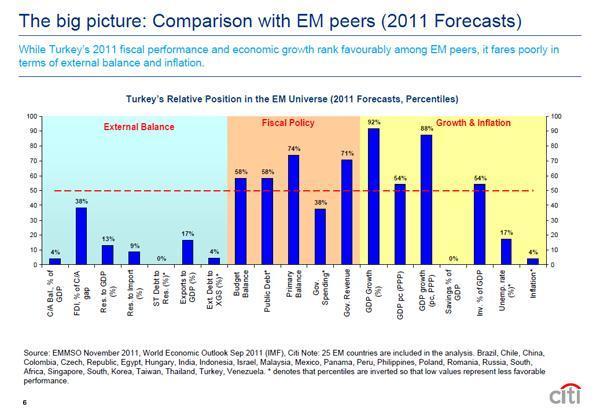Fitch and the crane

I had no idea what the ratings agency Fitch could have in common with a crane.
Soon
after Chief EU negotiator Egemen Bağış tweeted,
at a meeting about the EU’s Leonardo
da Vinci education program, that “he was driving a truck called Leonardo da
Vinci” (vinç is the Turkish word for crane), Turkish daily Sabah, whose
anti-Semitic rhetoric I discussed in a previous column
and blog
posts,
disclosed “Fitch’s code”, obviously inspired by the Dan
Brown bestseller.
Perhaps
taking cues from Economy Minister Zafer Çağlayan, who recently urged us “to
look at who owns Fitch”, Sabah took on Fitch as part of its series about
the ratings agencies, exposing that its two shareholders are members of Opus Dei and Illuminati. I had learned from Tom Hanks that the two are
bitter enemies, so it is great to know they have finally put aside their
differences.
Unlike
at the end of July, Çağlayan did not say this time that “Fitch
has done the Fitch thing”, a play on a Turkish swear word that sounds
similar to Fitch, but government officials reacted very strongly to the
decision to downgrade Turkey’s outlook for external debt from positive to
stable, thereby killing hopes of an upgrade to investment grade in the short
term.
According
to the ratings agency, the decision “reflects an increase in near-term risks to
macroeconomic stability as Turkey faces the challenge of reducing its large
current account deficit and above-target inflation rate against the background
of deterioration in the global economic and financing environment.”
Central Bank Governor
Erdem Başçı recently asked what it would take to convince the likes of me that
inflation would fall next year, and I will answer that question in next week’s
column. As for the current account deficit, last
week I explained the Turkish economy’s exposure to Eurozone woes by
pointing out the strong trade ties with the EU and the country’s huge external
financing requirement.
The
more sophisticated among the government supporters note, while acknowledging
these vulnerabilities, that markets are judges in a beauty
contest, and despite the odd pimple, Turkey is still more beautiful than
its emerging market, or EM, peers. A
recent chart prepared by Citi Turkey economists takes on this claim by looking
at how Turkey compares to 24 other EMs in terms of a number of indicators of
external balance, fiscal policy, growth and inflation.

Figures
for this year reveal that Turkey “fares poorly in terms of external balance and
inflation”. The former is illustrated with another chart, this one from Citi’s
global team, which shows Turkey as the country with the highest external
vulnerability.
I
am sure you’d find Knights
Templar, Freemasons
and the like among Citi’s major shareholders, but Goldman Sachs reaches similar
conclusions. They show
that Eastern European countries are exposed most to Eurozone woes, and
among these, Turkey and CE-3 (Czech Republic, Hungary & Poland) look
especially vulnerable. This might explain why Başçı was comparing the lira to
the forint and the zloty during his recent presentation at the Ankara Chamber
of Industry.
But then again, Goldman Sachs is controlled by Jews.










